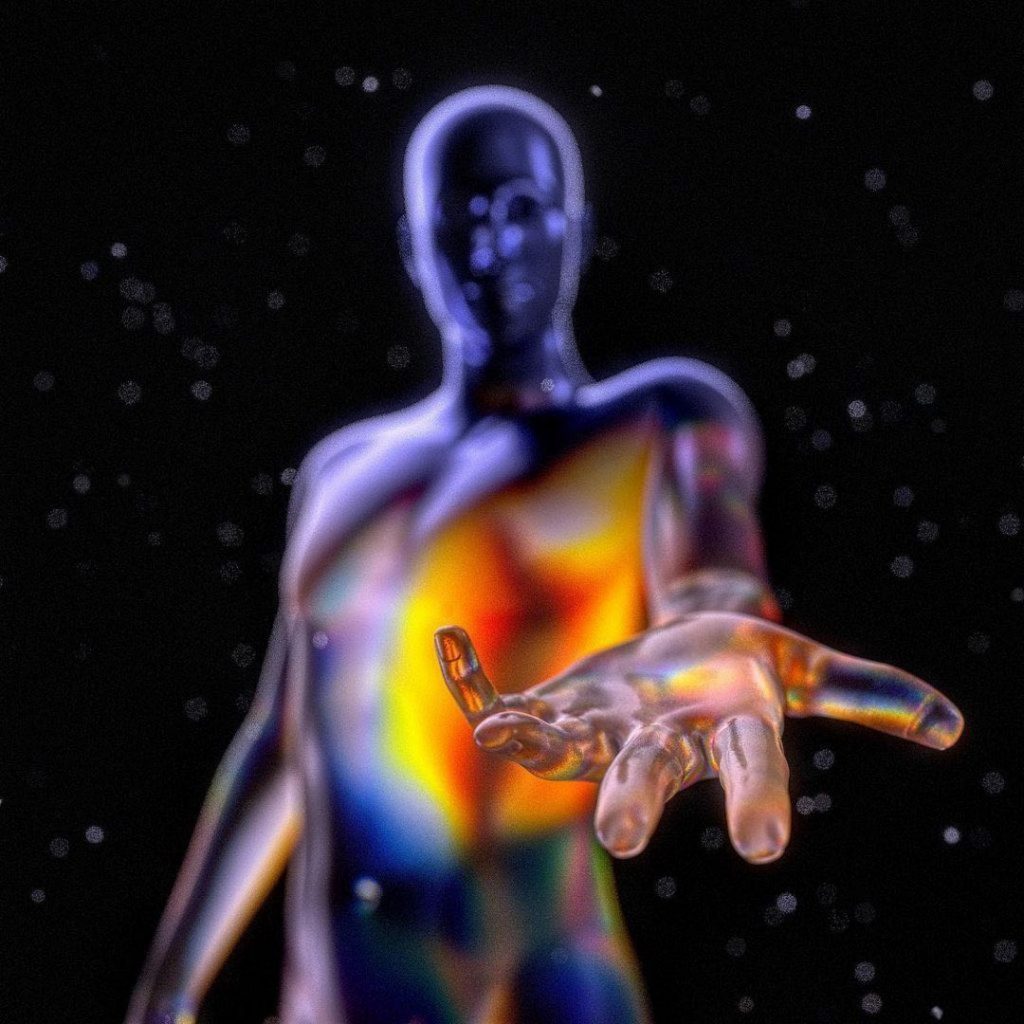Disney Animation
The artistic style of Disney’s animated films includes: mainly drama, storyline twists, distinctive characters, vivid and exaggerated action, beautiful music and suitable for the aesthetic taste of most audiences. In terms of scripts content, Disney tends to depict gorgeous dreamscapes with a focus on children’s feelings.
- Disney animation conveys the love of different races, the harmony between man and nature, and the love between men and women, giving children an earlier sense of some philosophical truths and humanistic concerns. The humor, enthusiasm, childishness and playful spirit embodied in the animation are precisely what satisfies this psychology of adults, giving them an energetic and optimistic mindset.
- Disney animation is characterized by a strong sense of humor and entertainment, with both early modern and serious witty productions bringing the audience into a light-hearted and humorous environment.
- Disney animation also has a strong traditional familyism to it. <Finding Nemo> is a story of a single father who tries everything to find his lost son, and <The Incredibles> is not about Superman saving the world, but about how families should stick together, overcome obstacles and love each other. “Family” is almost the core theme of American cartoons.
- Disney animation attaches great importance to personal values, affection, the environment and the harmonious relationship between human beings and nature, and it makes this American spirit, the American mindset and values to the widest extent and can be well integrated into the entertainment of cartoons, which is recognized by animation audiences all over the world and thus becomes popular worldwide.
<Lotus Lantern>
An animation film produced by Shanghai Animation Film Studio in 1999, this film is based on the Chinese myth of the same name.

- Story line
It was originally forbidden for a heavenly god to fall in love with a mortal. However, the Three Saints’ Mother in the Heavenly Palace was determined to fall in love with Liu Yanchang, a scholar on earth. Despite the objections of Erlang Shen, the Three Saints’ Mother took her divine weapon, the Lotus Lantern, to the mortal world and married Liu Yanchang, giving birth to a son named Chen Xiang. The seven years of peace and happiness soon passed, but one day Erlang Shen suddenly came down to earth and threatened her with the precious lotus lantern and was crushed under Mount Hua. A beautiful family is shattered. Chen Xiang learns of his origins from the God of the Land and sets out on a difficult journey to find his mother in order to retrieve the lantern and save her. After years of trials and tribulations, Chen Xiang grows up to be a brave young man, and with the guidance of Monkey Sun, he acquires a divine axe. In the end, lotus lantern and Chen Xiang become one, defeating Erlang Shen, splitting Mount Hua and rescuing his mother.

- Similarities
In terms of the story script, although the film is based on traditional Chinese mythology, it encourages individual thought and will, such as the Three Saints’ Mother who bravely pursued her true love because she loved Liu Yanchang so much that she defied the rules of heaven. This is similar to Disney’s emphasis on personal values. Chen Xiang’s struggle to defeat Erlang Shen to save his mother after being separated from her, and Monkey Sun’s willingness to help Chen Xiang even though he is an outsider because of his origins, all stem from the human heart’s love for his mother, which is also highly compatible with Disney’s strong family values. From the point of view of character performances, this is the first fully commercial animated film from Shanghai Animation Film Studio, and they refer to a lot of Disney’s performance style to make each character’s personality distinct through their acting. Monkey Sun’s performance is more smooth and humorous, highlighting the monkey’s spirited and quirky symbolism. Erlang Shen, the villain of the film, is given a relatively small range of movement by his creators, in an attempt to show as much of the maturity and arrogance of Erlang Shen’s character as possible.
Notes for this week
3 Golden Rules of editing
- Editing should remain invisible to the eye, only the effect is to be experienced – the best cut is the one you do not see
- The storyteller should never let the audience get ahead of them – less is more
- The audience has to be a participant, not just a spectator
Continuity
- Graphic relations
- Rhythmic relations
- Spatial relations
- Temporal relations
Continuity Editing
- Spatial continuity
- Temporal continuity
